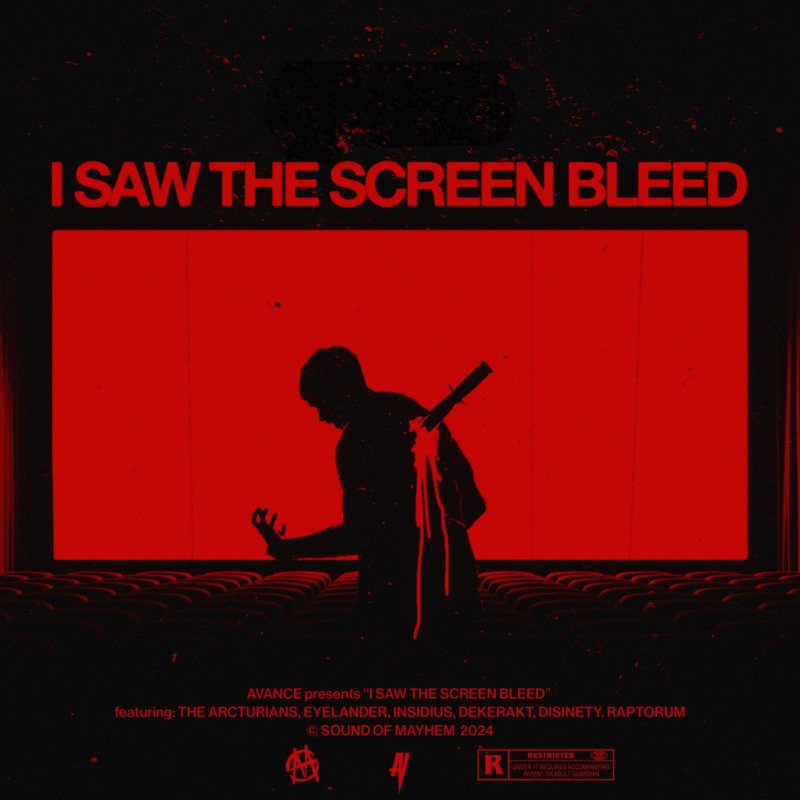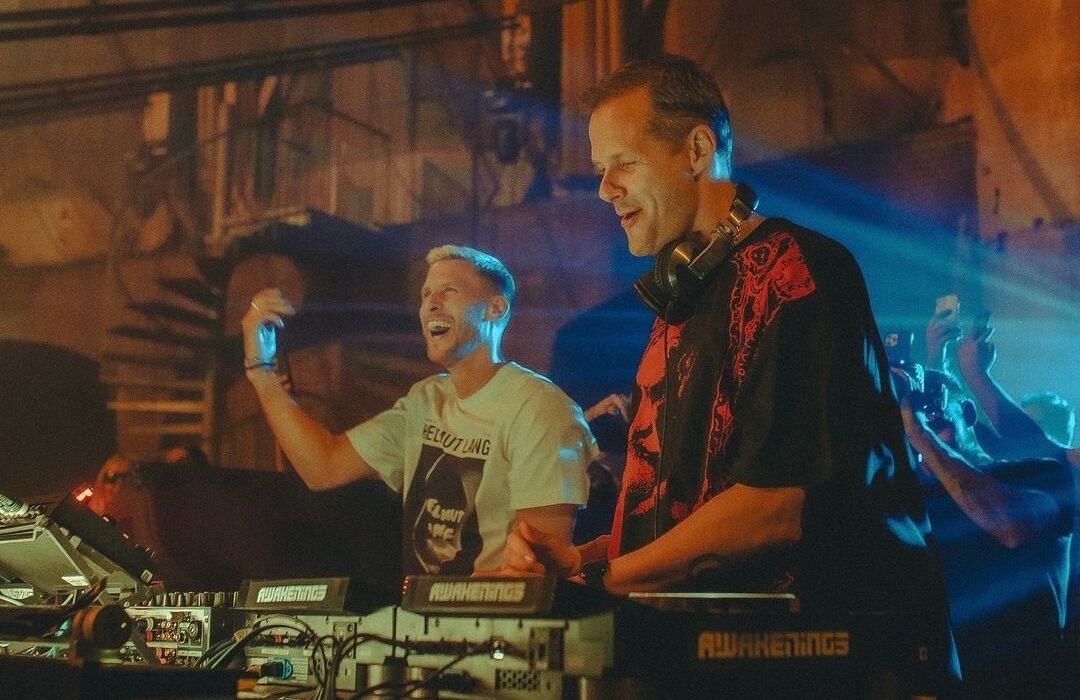The first of five electronic dance music terms to understand is the digital kick drum. For most beginners, this might not sound all that important, but believe me when I tell you it’s crucial. Without the right kick drum set up, you will have no tempo. This is why learning to properly manipulate a digital beat sequencer manually is so very important. If you have never made your own kick drum beat, then this is the easiest way to do it.
When you learn to make a kick drum beat on the computer, you have to be careful about what sounds good and what does not. Most people just throw their laptop into a room and bang things on the walls until they have something that works. This is not the best way to go about learning electronic dance music terminology. If you want to get good at this, you have to think about what you are going to play next.
Next, we come to an electronic music vocabulary known as FM synthesis. This is used to describe the process by which sounds are made on the electronic music keyboards. All electronic dance music should begin with a bass line. The bass line is the foundation of what will follow.
Bass lines can be created using a variety of electronic instruments, most notably the kick drum. It is sometimes difficult for beginners to know where to place their kick drums. This is where the knowledge of electronic music terminology comes in. Once you know where the kick drum is, you can move on to other instruments. Sometimes, once you have the bass line down, you may be so impressed with the rest of the electronic music piece that you want to move on to something else. However, it is important that you stay on course.
Once you have your bass line and your basic electronic drum set, you will need some space. The space that you use should be one that allows you to have an open mind. The reason for this is that you may find that the bass and the kick drum sound great together, but that it does not make a great song when played separately. In other words, you may want to experiment with putting these two together in the same track, and determine if they work well together, or if it has to be a separate track.
Electronic dance music terms often include phrases that are used in conjunction with DJ spinning beats. For example, you may want to know the meaning of a kick drum fill. This term refers to a short phrase that occurs in the middle of a song that often provides background noise that helps to make the song dance. Knowing the definition of this term can help you determine whether or not to use it in your songs.
One of the most important things that you can do as a DJ is to listen to what other DJs are playing at a certain time. In addition to this, you will want to take advantage of online resources that allow you to hear samples of other DJ’s sets. Sampling electronic music is important if you want to develop a style that incorporates electronic dance music into your own set. There are many electronic dance music terms that you can learn, but learning them all can be overwhelming for someone just starting out. However, once you are comfortable with the terms, you can begin to create your own electronic music. This is a fun hobby that can also provide you with a new career if you ever become interested in DJing full time.
In order to fully appreciate electronic dance music, it is important that you get to know all of the terminology that is involved. Online resources are great for this, as they can show you a few abbreviations and definitions so that you can understand the way that a song is played. You can find terms such as “stomping”, “drum loop”, and “take 1” on online DJ sites, which help you to learn electronic dance music more easily. Sometimes it is helpful to view a song from another DJ’s sets to get an idea of how a song is played. This can also help you compare one DJ’s electronic set to another DJ’s set to see which terms and styles are commonly used in electronic dance music.


